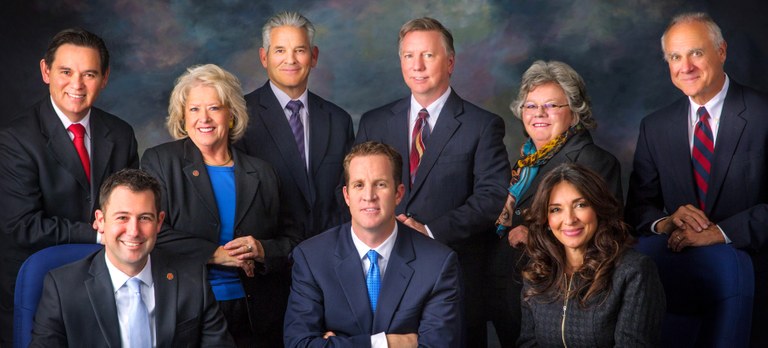
According to a NerdWallet study, Albuquerque has the eighth-highest percentage of "unbanked" households in the nation, with 11.1 percent of households in the metro area having no members with a bank account. That's higher than the national percentage, 7.7 percent, and higher than the overall percentage of unbanked households in New Mexico, 10.9 percent.
NerdWallet says income and ethnicity are big predictors of whether a person will use banks, with higher portions of low-income and nonwhite households having no connections to traditional financial institutions. Unbanked households often use alternative financial services like prepaid debt cards, pawn shops and payday loans. According to the report, the extra fees associated with being unbanked and using said services can cost a household up to $490 on average, which is 2.5 percent of the average income for unbanked households in Albuquerque.
The Federal Deposit Insurance Corp. (FDIC) estimates that about 33 percent of New Mexicans are unbanked or underbanked, meaning someone in the household has a bank account of some kind, but still uses alternative financial services. Unbanked and underbanked households are disproportionately nonwhite, according to FDIC data, with 18 percent of Hispanic households unbanked and 3 percent of white households holding the same designation.
New Mexico has the seventh-highest percentage of unbanked households in the nation, according to the survey. The list is topped by Mississippi, Louisiana and Arizona.
According to research done by the Pew Charitable Trusts, unbanked people save less money and are less financially secure than banked individuals with similar income. That means the more unbanked households there are in a community, the more potential financial instability in the community.
Some traditional financial institutions in New Mexico have been trying to get the unbanked into the banking system by offering free financial counseling and low-cost checking accounts. But it seems, with such large numbers of unbanked and underbanked New Mexicans, there's still opportunity for financial institutions to cater to that population. Click here to read the full article.














Comments